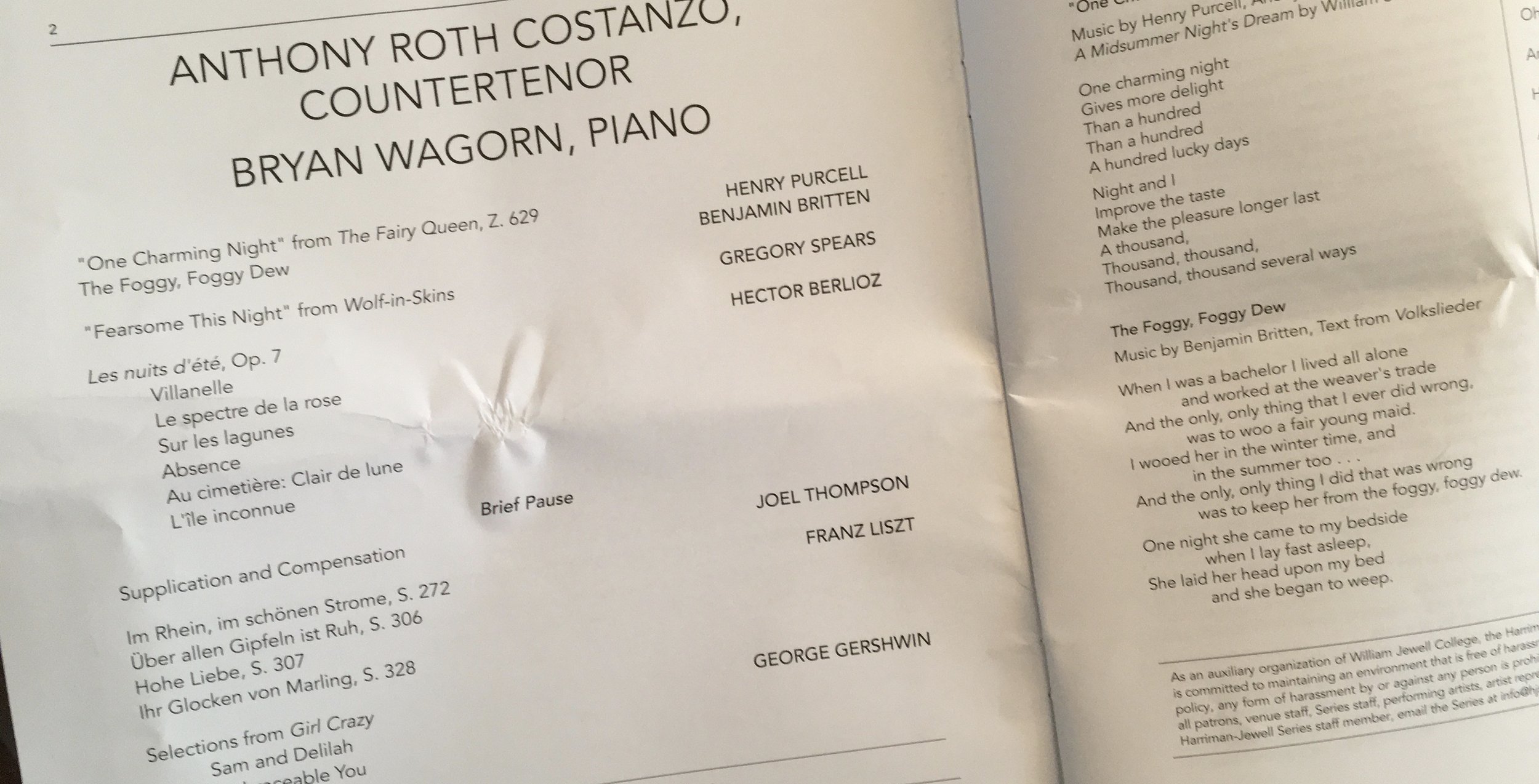Original image by There Stands the Glass.
In a gratifying instance of musical synchronicity, I was listening to Les Troyens when I encountered The New York Times’ August 6 feature about Hector Berlioz. The opera is the subject of an essay in Said on Opera. The recently published collection of the late Palestinian intellectual Edward Said‘s opera commentary compelled me to investigate a work I hadn’t previously heard.
As Said and the author of The New York Times piece suggest, Les Troyens has always been denigrated partly because it’s decidedly odd. Their insights make navigating the peculiarities of Berlioz less troublesome.
Said on Opera also includes considerations of Wolfgang Amadeus Mozart’s Così fan tutte (Alfonso is underappreciated) Ludwig van Beethoven’s Fidelio (initial drafts are superior to the final version) and Richard Wagner’s Die Meistersinger von Nürnberg. (his antisemitism isn’t disqualifying). Reading the excellent Said on Opera is almost as engrossing as listening to the works.


